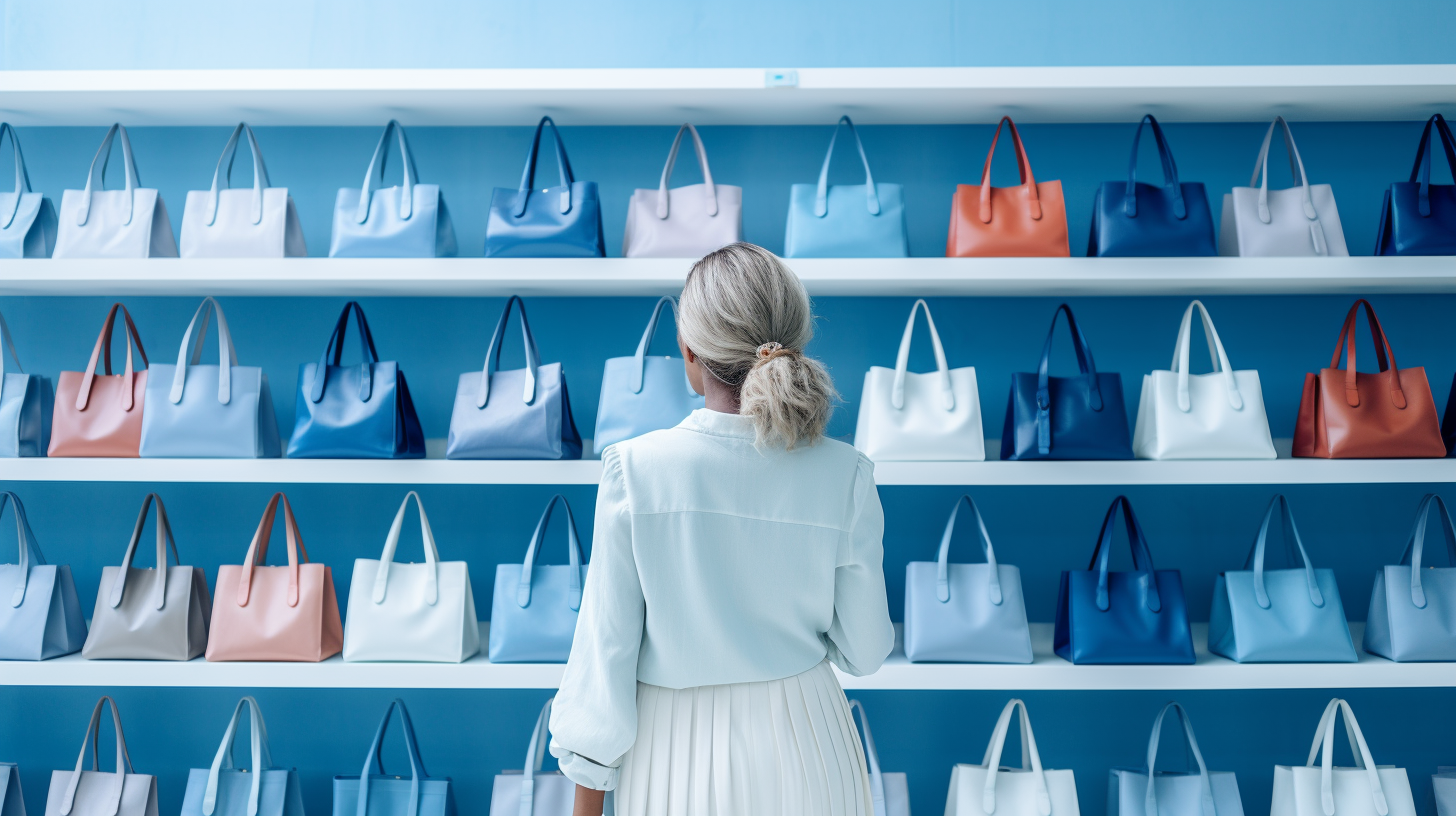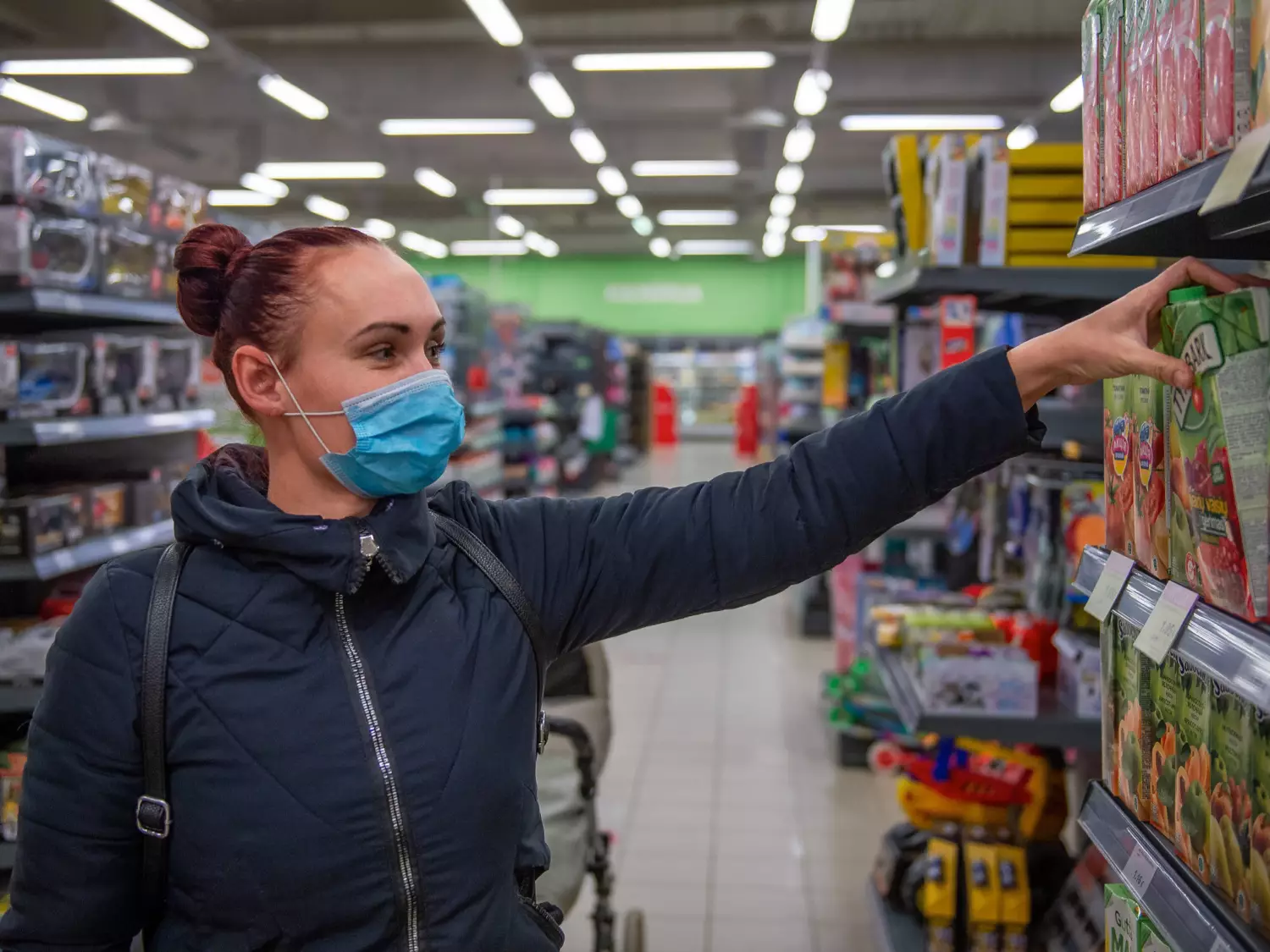EHI study - Inventory Differences 2021
Every year, the EHI Retail Institute publishes a study on inventory differences in the retail sector. In 2020, retail was characterized by many unexpected influences, which are reflected in the inventory differences. In the year influenced by the pandemic, brick-and-mortar retail lost 2.5% of its sales. Shoppers limited the number of visits. However, the average shopping cart increased in most cases.
Comparing the years 2020 and 2019 in terms of percentage average inventory differences, these have remained almost the same across all sectors. In a sector-weighted extrapolation for the entire German retail sector, however, a decline in losses from 4.4 to 4.2 billion euros can be seen. The share of losses due to theft on the part of customers, employees, suppliers and service staff included in this amounts to a total of 3.36 billion euros. The inventory differences in the German retail sector in 2020, valued at selling prices, have fallen by 5%. The included theft has even turned out to be lower by about 10%.
Preventive measures to protect against inventory discrepancies were cut by around 10% to €1.3 billion in 2020.
4.2 Billion Euros
In principle, German retail sales amount to 435 billion euros per year. As already mentioned, inventory differences amount to 4.2 billion euros in 2020. At 2.16 billion euros, around half of the loss is attributable to customers. 885 million euros in losses are caused by employees. Personnel from service companies or suppliers also bear a share, estimated at 315 million euros.
Statistically speaking:
- has each citizen annually a value of goods of 26 euros unpaid.
- has every 200th purchase at the checkout unpaid.
The Industry Development
By looking at the different sectors, the inventory difference trends can be classified more precisely:
In percentage terms, the inventory differences in the food retail and drugstore sectors remain the same. Different company sizes in the supermarkets also reveal only marginal changes compared with the previous year. Involved DIY store companies and the clothing retail sector, on the other hand, have to report a higher inventory difference.
In absolute terms, the differences in food retailing increased from 1.52 to 1.61 billion euros. The clothing retail sector also saw a drop in sales from 450 to 315 million euros. In the DIY sector, inventory differences amounted to 1.55 billion euros. The other sectors, with sales of around 124 billion euros, were pleased to see inventory differences fall to 1.55 billion euros.
A Decrease In Shoplifting
According to police crime statistics, reported shoplifting has decreased by 6.7%. However, a distinction must be made here. Light shoplifting offenses have been declining continuously since 1997. Serious shoplifting, on the other hand, has almost doubled in the last 13 years. The number of unreported cases is 98%. This limits the informative value of this statistical survey.
Shoplifting is committed around 19 million times a year. In the process, a merchandise value of around 114 euros goes undetected. Organized crime accounts for a quarter of the total loss.
Security Is Expensive
Among the respondents to the inventory difference study, an average of 0.3% of sales is invested in security measures. This is 10% less than in the previous year. These costs are incurred for article security measures, camera surveillance, detective operations, test purchases and training measures, etc.
With an investment of 1.3 billion euros in prevention measures and the inventory differences of 4.2 billion euros, the total comes to 5.5 billion euros. This figure does not include internal personnel costs for auditing or loss prevention departments or all internal activities caused by theft risks.
Strategic Measures
When it comes to theft prevention, retail companies focus primarily on staff training and targeted data evaluation using merchandise management systems, data warehouses or cash register data analyses. Staff should receive targeted training in customer theft and the prevention of employee crime. Management and sales staff are also sensitized to the problem of theft.
Furthermore, the existing hardware is being modernized and expanded. This includes camera systems for open sales floor surveillance and electronic article surveillance. In addition, test purchases are used in various forms and department store detectives are employed.
The Challenges
The challenges lie primarily in managing the effects of the pandemic. Retail companies fear that there could be a social development that leads to an increase in theft rates. Furthermore, declining sales combined with a constant theft rate is causing discontent. Retailers see the greatest threat in gang theft and professionally organized theft. Inadequate jurisdiction and prosecution of "ordinary" thefts are also criticized. In terms of prevention, the focus is on raising awareness and training employees.
The Snabble Checkout Supervisor As An Answer
Self-checkout systems are spreading in German retail. The new technology is making retailing increasingly attractive again for shoppers. However, new checkout options are creating new ways to leave a store without completing the payment process. We, as a leading Scan & Go provider, are therefore constantly working on better ways to keep theft to a minimum. Merchants are offered various ways to monitor and control the self-checkout purchasing process.
The EHI study shows that retailers are focusing on staff training and awareness. We also believe that staff in SCO areas are irreplaceable - not only to minimize theft, but also to make customer service even better. In order to master the task gap between security and customer care, we provide staff with various tools.
The Snabble Checkout Supervisor serves as a support for retailers and provides staff with a constant overview of the self-checkout situation in the store. As a web application, it is decoupled from the software device and can be used on any hardware. Employees can re-scan customers' shopping carts to check that they are complete. In addition, the software provides control recommendations for certain items, shopping carts or behavior based on previously analyzed data. Individual items can be assigned a payment or manual age rating. The Snabble Checkout Supervisor can also be used to administer self-service checkouts.
To the EHI inventory difference study (german)
Share this
You may also like
These related stories

Theft Prevention in Brick and Mortar Retailing

Shopping Is A Habit
